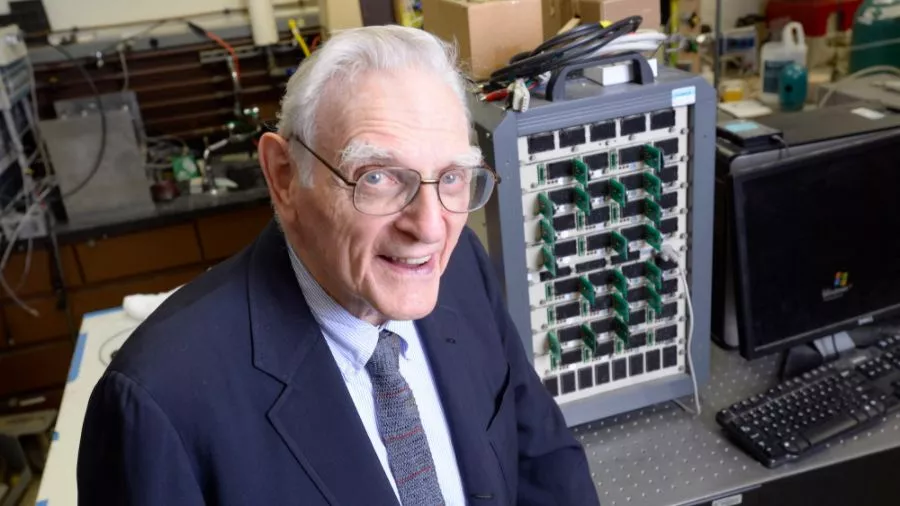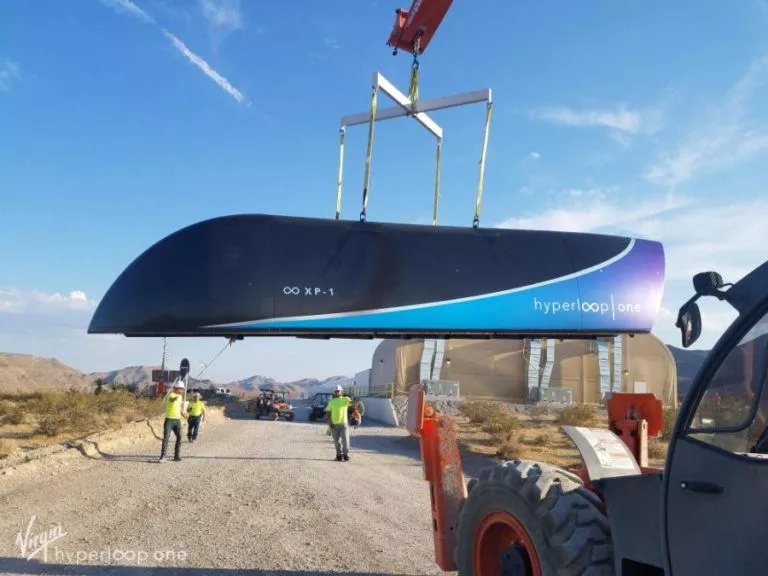Li-Ion Battery Inventor Creates Breakthrough Solid-State Battery, Holds 3X Charge

Short Bytes: A new glass electrolyte-based solid-state battery has been developed by the researchers at UT Austin. Led by the Li-ion battery inventor John Goodenough, the team demonstrated that their battery is better than Li-ion. It can hold an almost 3x charge, has more charging cycles, supports fast charging, and isn’t prone to catch fire.
A new fast charging all solid-state battery has been created by a research team led by John Goodenough at the Cockrell School of Engineering. The American physicist John Goodenough got a Charles Stark Draper prize for the lithium-ion batteries which are now omnipresent in the digital world. It was decades ago, but even at 94, the physics pioneer isn’t going to stop developing things that impress and benefit the human kind.The team has published a research paper in the Energy & Environmental Science journal. The noncombustible fast charging battery can hold a considerable amount of extra charge – almost three times – than the conventional batteries.
Goodenough says cheap batteries having more charging of cycles can improve the capabilities the battery driven cars and increase their adoption.
The design limitations of lithium batteries containing liquid electrolytes don’t allow them to charge quickly. If done forcefully, it would lead to the formation of metal whiskers (dendrites). Eventually, a short circuit would happen, or the battery would explode. However, that’s not the problem with the solid-state batteries.
The researchers have used a solid glass electrolyte in place of the liquid one. The glass electrolyte allows the researchers to use the alkali metal anode (negative side) which increases the charge density of the battery and prevents the formation of dendrites. Also, the glass electrolyte enables a battery to operate in extreme temperatures of -20 degree Celsius.
Senior research fellow Maria Helena Braga has been working with Goodenough on this solid-state battery. She has been developing glass electrolyte since the last few years. It wasn’t until her collaboration with Goodenough, and another researcher, that she was able to come up with a new, now patented, version of the glass electrolyte.
Goodenough and Braga are working to improve their solid-state battery. Hopefully, some battery maker would step forward to adopt the new tech. Surely, solid-state batteries are the future, adding extra to miles to your Tesla ride or a day to your computer’s life.
Correction: An earlier version of this story incorrectly conveyed that John Goodenough won a Nobel prize for his contributions to the lithium-ion battery. The error has been corrected.
So, what do you think about these new kinds of batteries? Drop your thoughts and feedback.
Also Read: This New MIT Battery Is Powered By Your Stomach Acid






